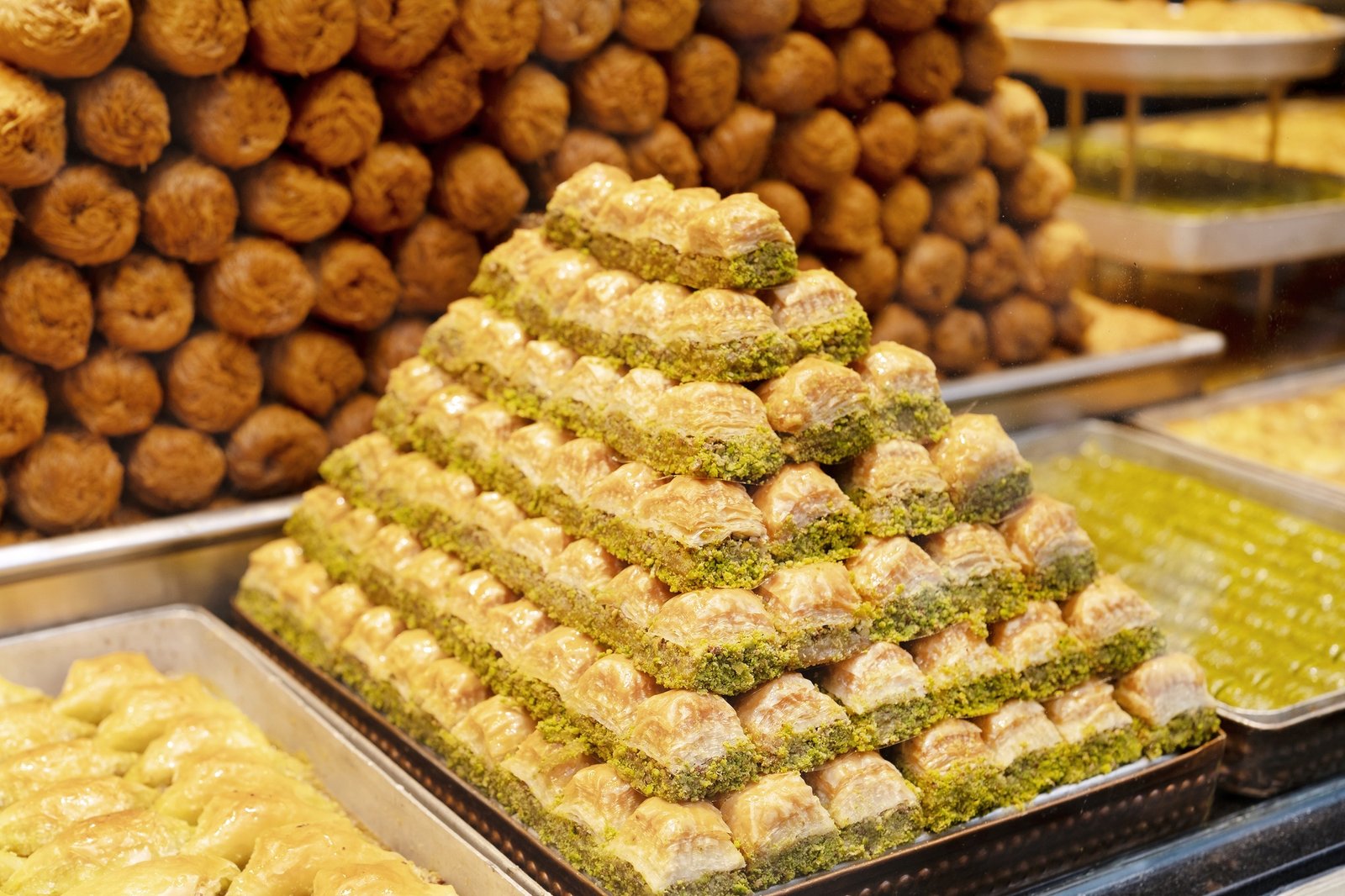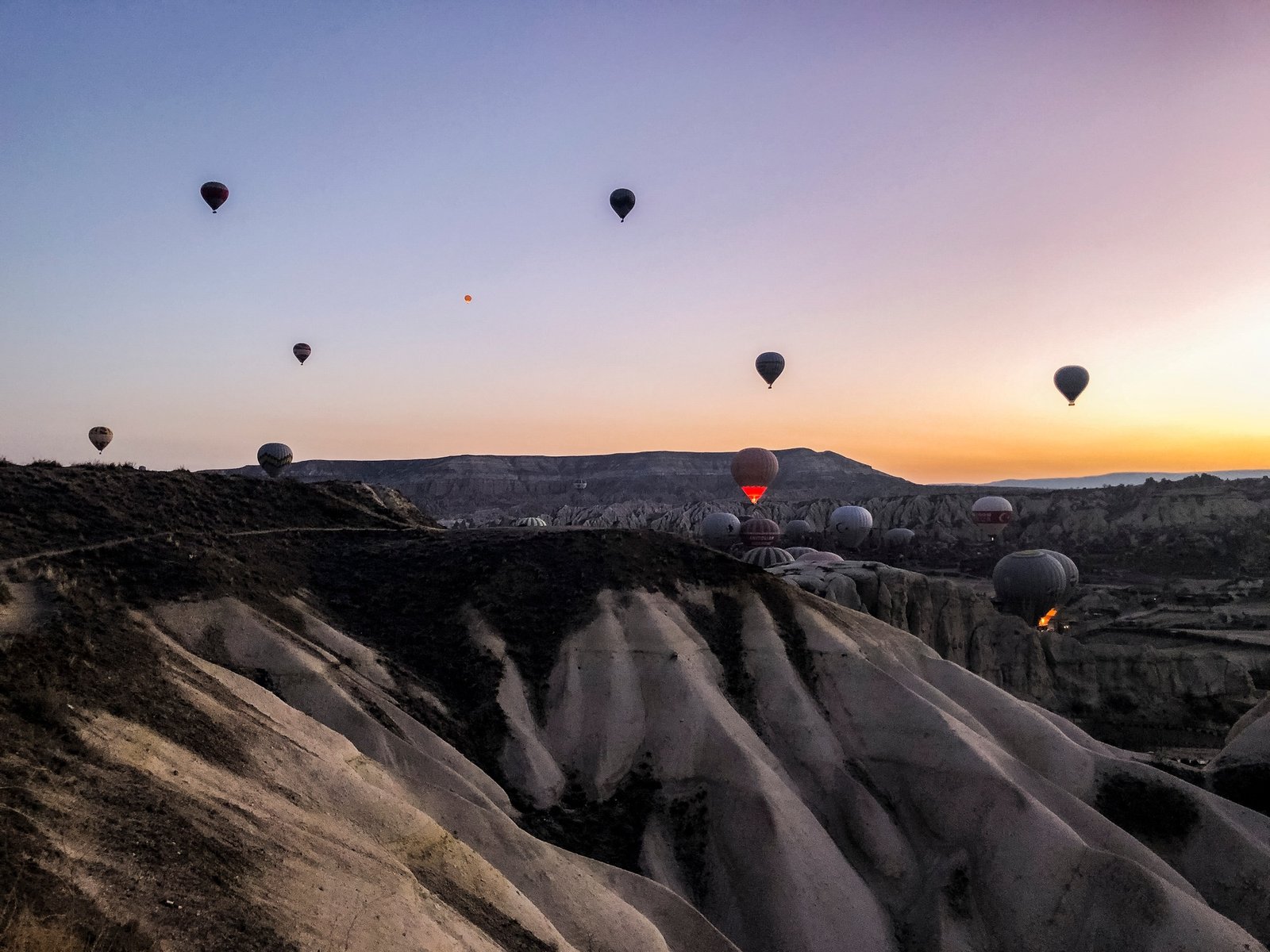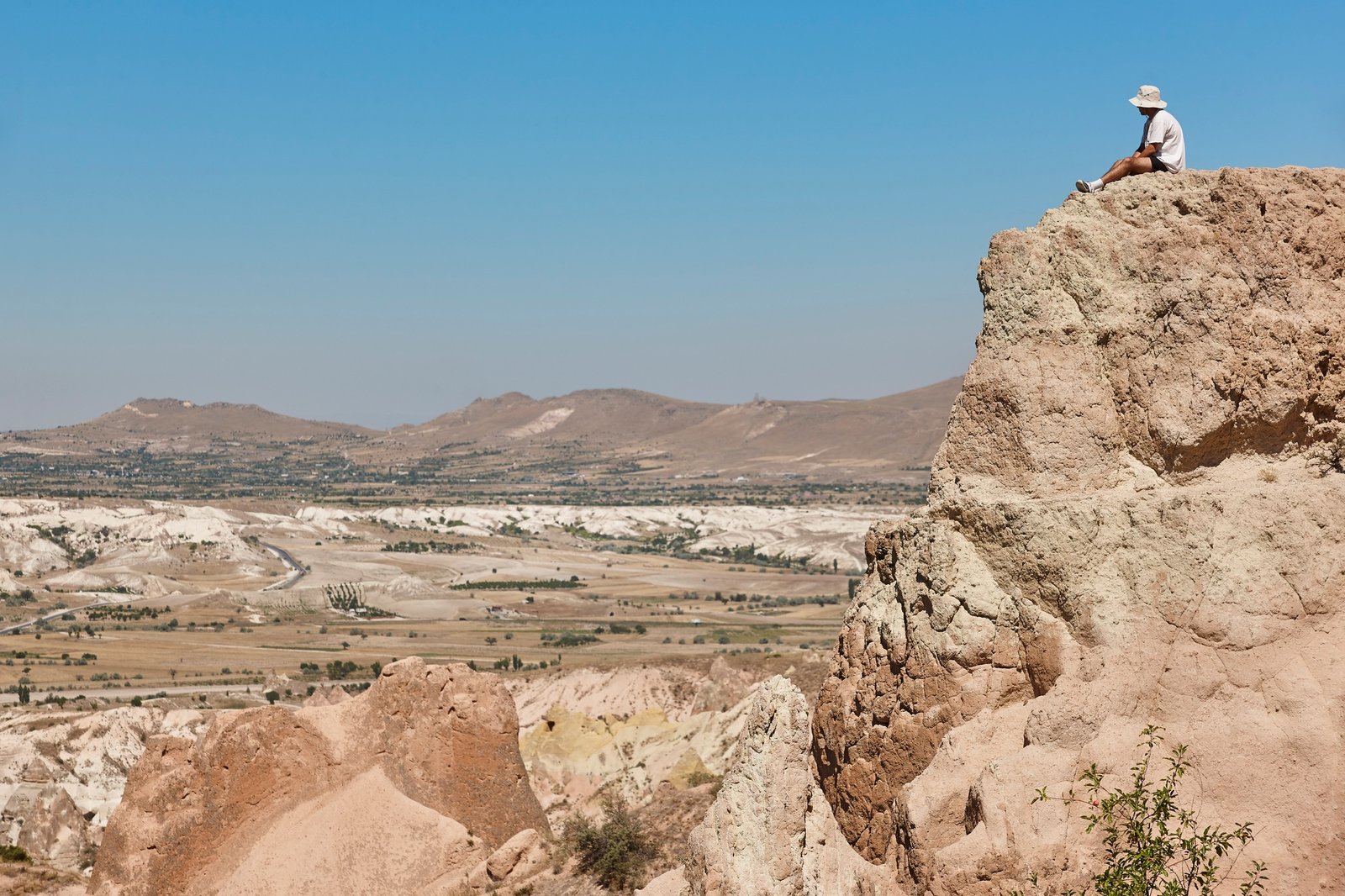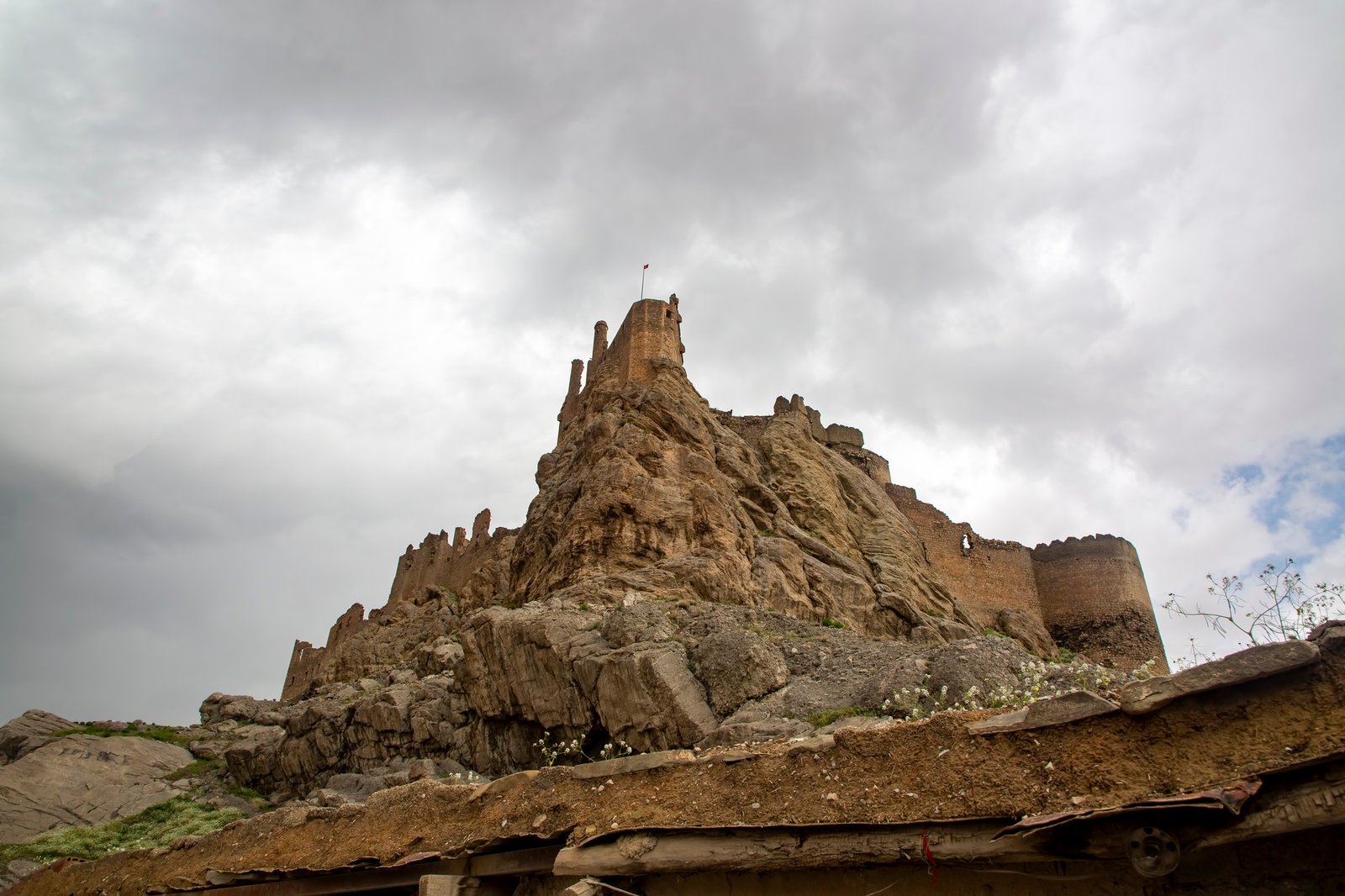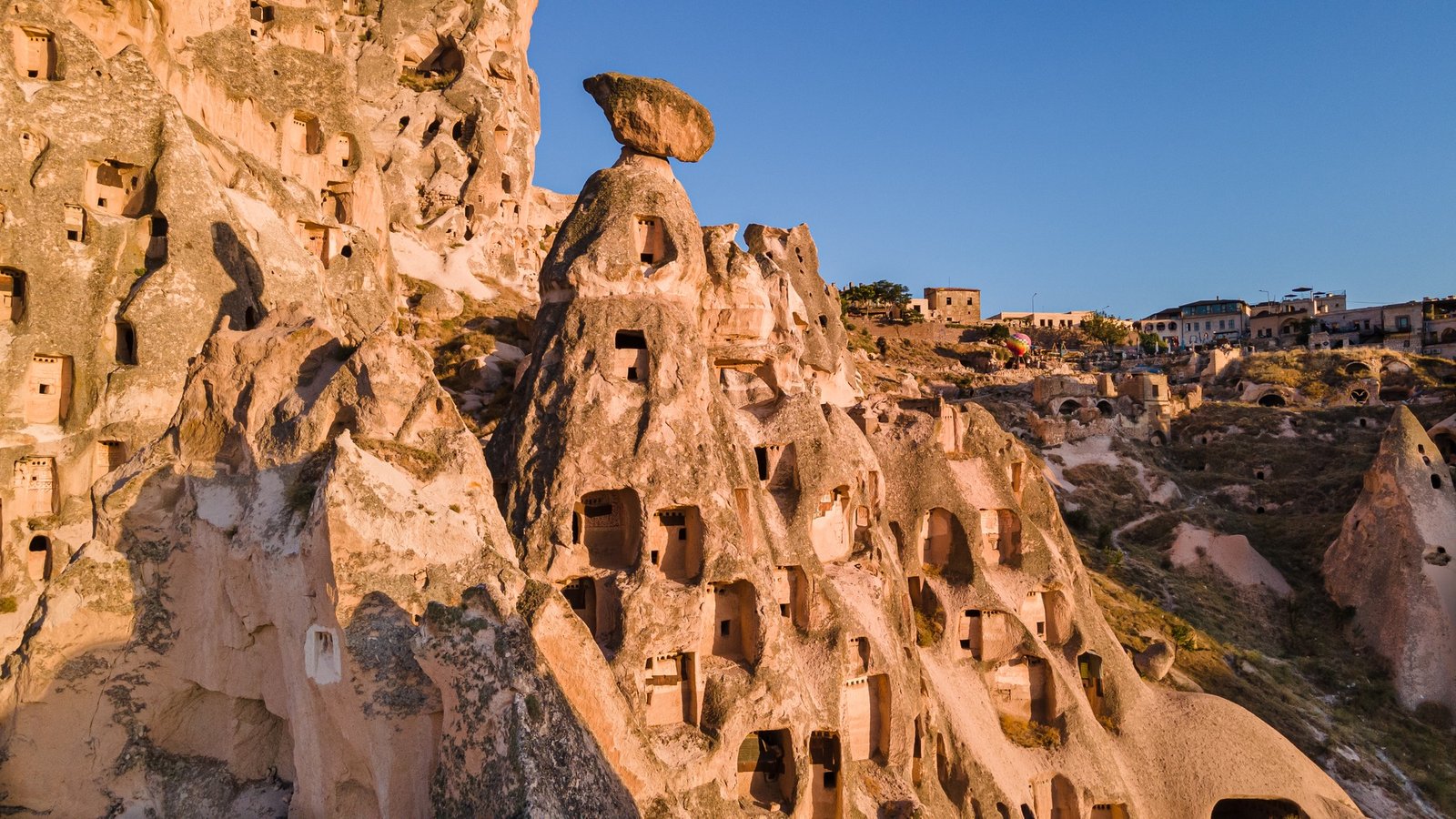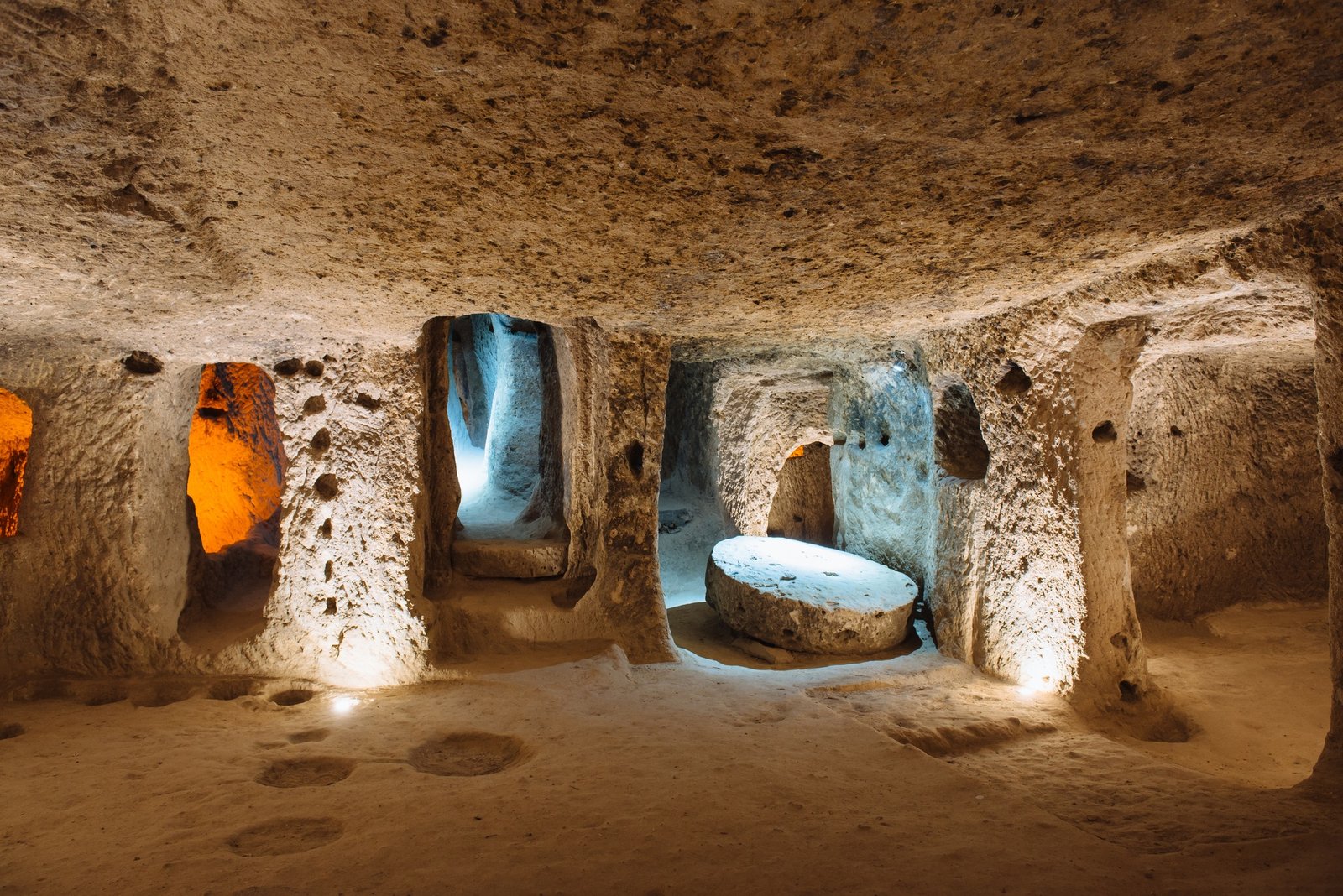Turkey is a land that mesmerizes travelers with its rich culture, stunning landscapes, and, of course, its incredible cuisine. But there’s a sweet side to this nation that deserves special recognition—its desserts. Whether you’re strolling through Istanbul’s bustling bazaars or soaking up the magical atmosphere of Cappadocia, indulging in Turkish desserts is an absolute must. And yes, even Cappadocia’s weather, whether hot and sunny or cool and breezy, sets the perfect backdrop for enjoying these sweet treats.
This blog will highlight some of the best Turkish desserts to try on your trip and take you on an adventure through Turkey’s culinary landscape. Get ready to discover a world of flavors, from syrupy baklavas to chewy delights and creamy puddings.
What Makes Turkish Desserts Special?
Before we jump into the must-try desserts, here’s why Turkish desserts are so unique. They often balance the use of rich ingredients, like nuts and syrup, with aromatic spices or floral notes, such as rosewater. Most recipes are centuries old and stem from the times of the Ottoman Empire, ensuring authenticity in every bite.
Cappadocia’s unique blend of history and natural beauty further enhances the charm of indulging in these desserts, no matter the Cappadocia weather. Wind down after exploring ancient cave dwellings or hot air balloon trips with a coffee and something sweet.
The Best Turkish Desserts To Try
1. Baklava – A Syrupy Treasure
No list of Turkish desserts would be complete without mentioning baklava. This sweet pastry is made with layers of thin filo dough, generously stuffed with finely crushed nuts (usually pistachios), and drenched in sweet syrup or honey.
Pro Tip: Try fresh baklava at King’s Coffee in Cappadocia, where they serve it alongside aromatic Turkish coffee. There’s something magical about enjoying this treat amid Cappadocia’s unique landscapes.
2. Lokum (Turkish Delight)
If you’re a fan of candy, Lokum is an absolute must-try. These chewy, sugar-dusted cubes come in various flavors, such as rose, pomegranate, or mint, sometimes enriched with nuts. Perfect as a snack or a gift for loved ones back home!
How to Enjoy It Best:
Lokum pairs beautifully with tea. Sip on some hot apple tea while lounging under a breezy Cappadocian sky for an experience you’ll never forget, regardless of the Cappadocia weather.
3. Künefe – The Sweet & Savory Balance
Künefe is a unique dessert that blurs the line between sweet and savory. Made with layers of shredded filo dough (called kadayif), it’s stuffed with gooey, unsalted cheese and cooked to a golden crisp. Topped with syrup and crushed pistachios, it offers a texture you won’t find in any other dessert.
Where to Try It:
Look for small local eateries in Cappadocia where the chefs handcraft their künefe for the freshest experience.
4. Sütlaç – Creamy Rice Pudding
Not all Turkish desserts are heavy on nuts and syrup. If you’re in the mood for something lighter, try sütlaç, the Turkish take on rice pudding. This creamy and delicate dessert is often baked and served with a hint of cinnamon or nutmeg.
Why Cappadocia is Ideal for Sütlaç:
The cooler evenings typical of Cappadocia weather make this warm, comfort food a perfect way to end your day of exploring.
5. Tavuk Göğsü – The Chicken Pudding
Yes, you read that right! Tavuk Göğsü is a milky dessert made with chicken breast. While that may sound strange, this Ottoman specialty is velvety, light, and subtly flavored, as the chicken is finely shredded and barely noticeable.
Culinary explorers, this one’s for you! Step out of your comfort zone and try this unique treat.
6. Şekerpare – Bite-Sized Syrupy Treats
Perfect as an accompaniment to tea or coffee, şekerpare are small, buttery semolina cookies soaking in syrup. The sweetness is heightened as they absorb syrup for hours, making each bite simply divine.
Enjoy these little bundles of joy on a sunny Cappadocian day while relaxing with a view of the fairy chimneys.
7. Dondurma – Turkish Ice Cream
Turkish dondurma is unlike any ice cream you’ve tried before. Made with salep (a flour made from orchid tubers) and mastic resin, it has a stretchy and dense consistency that’s almost chewy.
Don’t miss the iconic performances ice cream vendors put on before handing you your cone—they’re part of the fun! And yes, this treat is a respite from the scorching Cappadocia weather in the summer.
Cappadocia’s Sweet Pairings with Coffee
Desserts in Turkey are often paired with Turkish coffee, which is a rich, unfiltered brew served in small cups. Cappadocia, home to many charming cafés such as King’s Coffee, offers the perfect spots to enjoy this iconic duo. Whether you’re seated on a terrace with sweeping views or inside a cozy, cave-themed café, Turkish coffee elevates every dessert experience.
How the Weather in Cappadocia Enhances the Experience
Whether you’re visiting Cappadocia in summer’s warmth or its cooler autumn months, the Cappadocia weather plays an integral role in amplifying your culinary explorations. Warm weather calls for refreshing desserts like dondurma, while cooler days are perfect for enjoying sütlaç or warm, syrupy treats like baklava.
No matter the season, Cappadocia’s atmosphere and desserts are the ultimate match!
Take a Sweet Culinary Journey
If you’re planning a trip to Cappadocia, exploring Turkish desserts is an experience you simply can’t skip. Each bite tells a story of history, culture, and the culinary artistry that Turkey is known for. Whether it’s the chewy lokum, syrupy baklava, or creamy sütlaç, these sweets promise to enrich your travel experience.
Take it a step further by stopping by local spots like King’s Coffee in Cappadocia, where food and atmosphere blend into an unforgettable experience. Don’t just visit Cappadocia; taste it!
